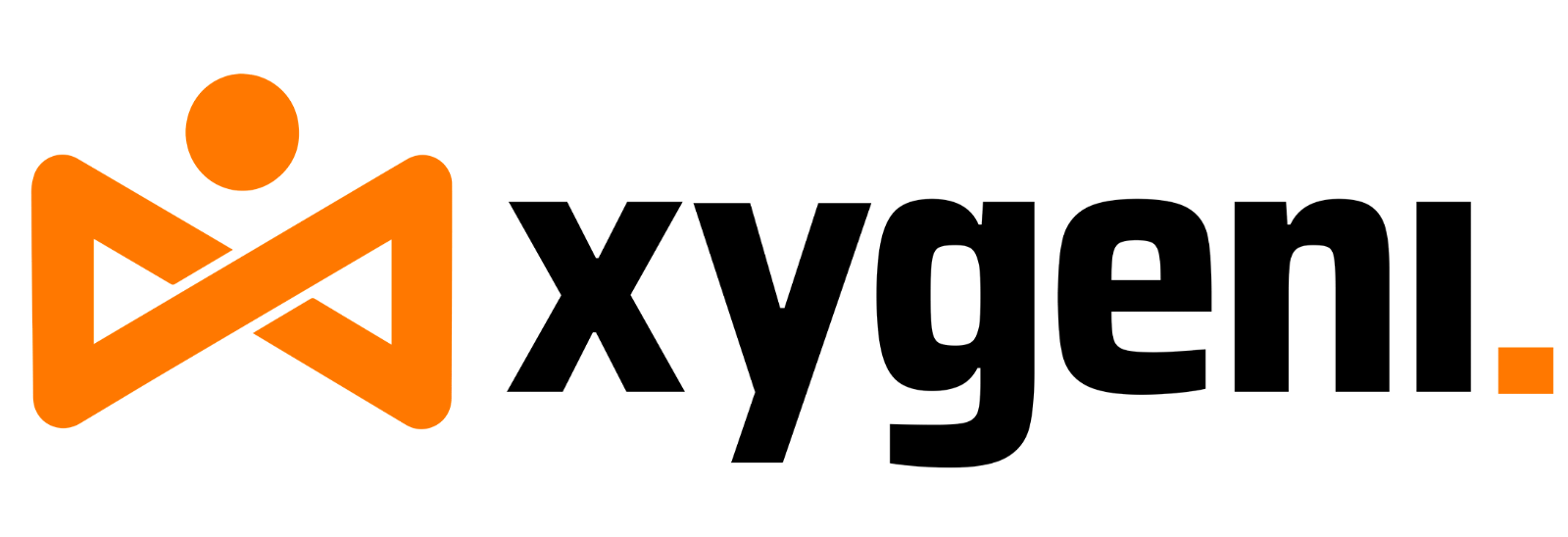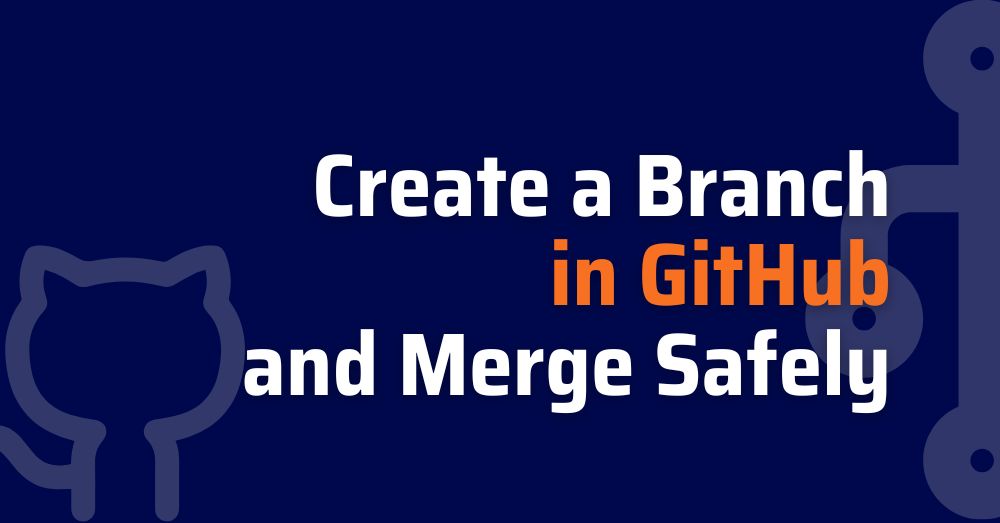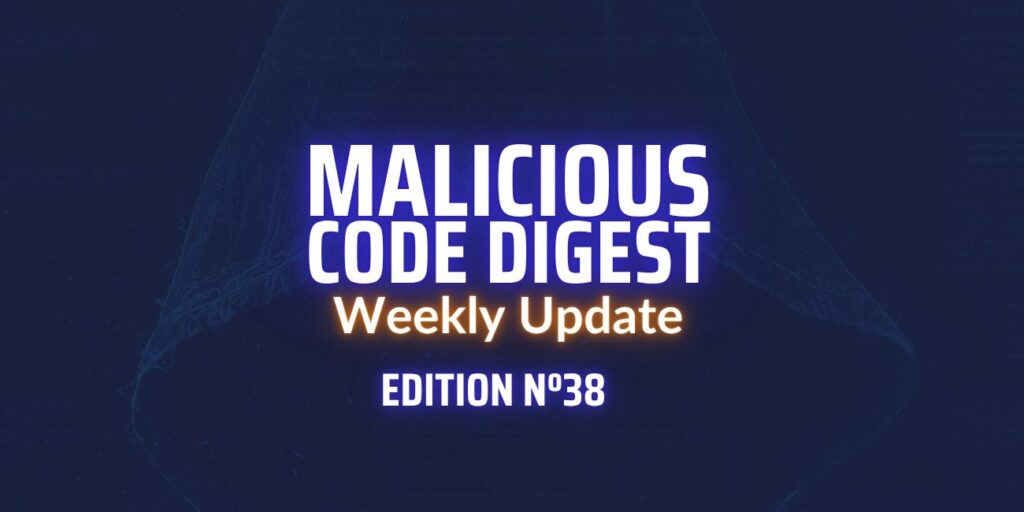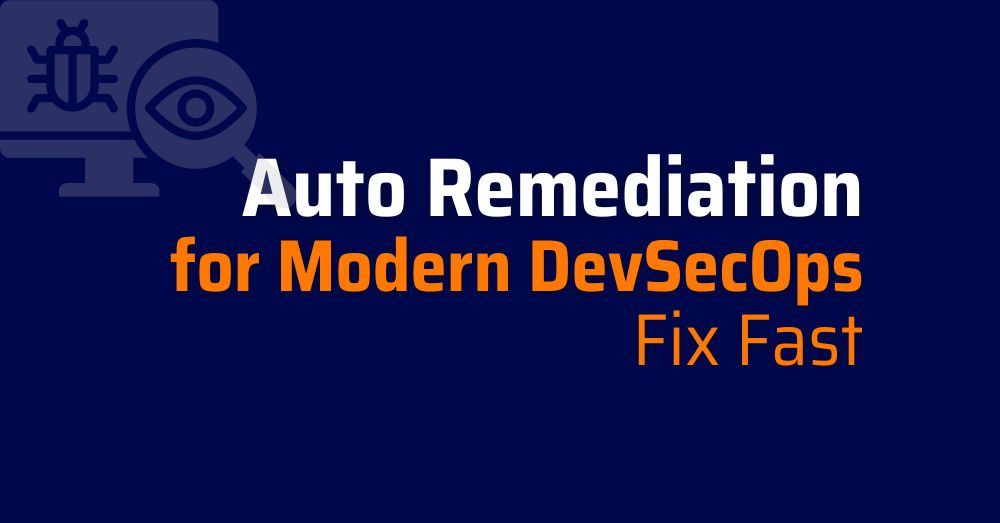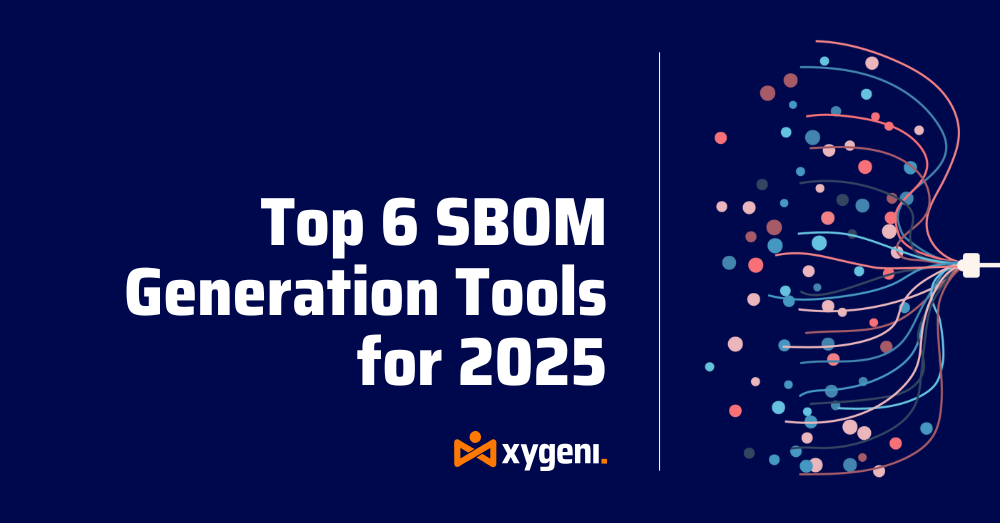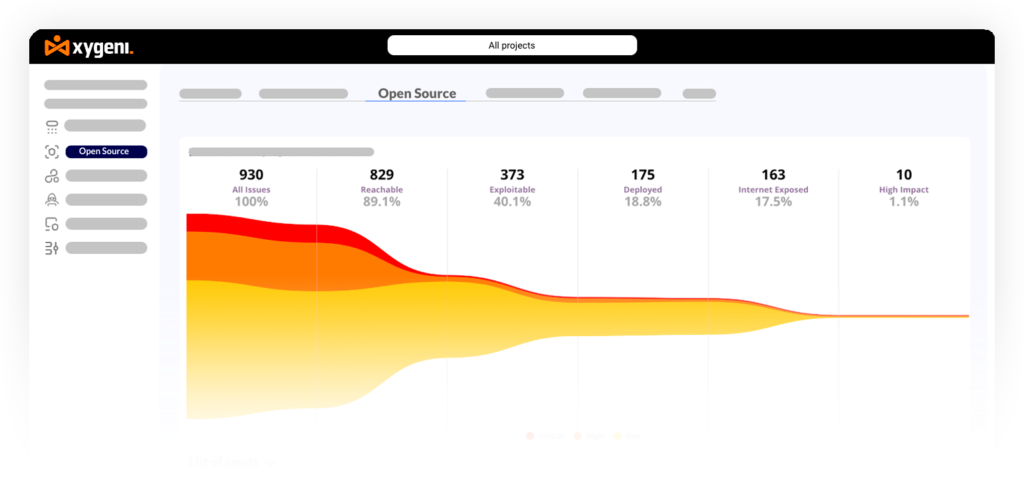Table of Contents

Introduction to Security Posture
Security posture is a comprehensive term that encapsulates an organization’s overall cybersecurity strength and resilience, highlighting how well it can predict, prevent, and respond to cyber threats. It includes numerous components such as networks, information security, data security, internet security, penetration testing, vendor risk management, vulnerability management, data breach prevention, and security awareness training among others. Importantly, as TechTarget points out, an organization’s security posture is not static; it must continuously evolve to counter new vulnerabilities and threats in the cybersecurity landscape.
Key Components of a Strong Security Posture
Organizational strategy in cyberspace depends on a combination of elements for its strength and effectiveness of the security posture of an organization.
- Security Policies and Procedures: Defined standards that guide management in the mitigation of security risks, such as password policies, access controls, data encryption, and incident response plans.
- Antivirus and Security Tools: These components are a foundation for the strong security framework, with each tool designed specifically to identify, handle, and reduce threats of security measures to an organization. They include Antivirus programs and Malicious Code Detection tools, in which the later is safeguarding the system asset from any harmful codes by identifying, disrupting, and terminally eliminating any malware that harms the asset. Therefore, Malicious Code Detection is a crucial pillar in defending an organizational asset against cyber threats.
- Know Your Attack Surface: Gain full visibility of your digital and physical security assets, including your Software Development Lifecycle (SDLC) environment, to find all the possible routes of being attacked through your attack surface. That information includes all those attack vectors through which the intruder may gain access to your networks and systems. Here, a detailed SDLC inventory plays a crucial role. You will address any identified potential vulnerabilities and misconfigurations within your development lifecycle’s assets: code repositories, third-party components, CI/CD pipelines, and cloud resources.
- Incident response plans: Development of detailed procedures to assure timely reaction to security incidents, including monitoring and alerting, recovery procedures for minimizing downtime, and restoration of business operations with the least damage possible.
- Training Employees: Regular training employees on best practices of security. Such an awareness campaign keeps the organization alert and helps in finding potential security openings.
- Compliance and Governance: This is the measure that will ensure there is compliance with the existing law for cybersecurity and data privacy. It undertakes continuous monitoring and frequent audits to identify vulnerability and non-compliance issues.
- Constant Cybersecurity Risk Assessment and Improvement Plans: The plans for improvement include regular security assessments, such as penetration tests, and continuous monitoring of the network and system. Continuously seek the feedback from the employees for the vulnerabilities in security and take security improvement plans based on that
Assessing Your Current Security Posture
This is not a one-off activity or assessment; it is a very important ongoing part of maintaining and enhancing your security framework. Below are summarized some steps of what it takes to do this vital assessment to keep the organization as secure as possible.
Step 1: Conduct Thorough Security Assessments
Get started with a comprehensive set of tools and techniques designed to find any vulnerability that exists within your systems, networks, and applications. The following may be included:
- Scanning Tools: Use automated tools against all the digital assets to scan vulnerabilities. Cover the specific IaC configuration settings tools that may catch misconfigurations and compliance issues in the development cycle.
- Penetration Testing: Performed ethical hacking simulation for attacks against all your systems, including the OSS components, to understand the potential breach points.
- Vulnerability Assessments: In addition to the security vulnerability identification, it comprises SAST and SCA tools. SAST tools analyze code to identify problems within it that might present potential security issues, while the SCA tool investigates the open-source component for known vulnerabilities.
- Infrastructure as Code (IaC) Security: Evaluate IaC scripts with the best security practices and their conformity to adopted security policies, respectively, in your automation in the provisioning of infrastructure.
- Secret Management: Make sure that the tool is able to search in the codebase and infrastructure configurations for security loopholes in the exposed secrets.
- OSS Security: Leverage security tools to check the security posture of OSS software components, since OSS usage is pervasive in modern applications. Key in understanding the security posture of these components.
- Anomaly Detection: Deploy systems able to monitor the pattern of network and application activity for anomalies pointing to a security breach or attempt to breach security.
Step 2: Identify Vulnerabilities
After these potential vulnerabilities have been identified, they must be prioritized. Some of the considerations to be made include the possible impact that will occur if such vulnerability will be exploited and the percentage that this might happen.
This is where risk assessment and management come in: knowing which vulnerability or vulnerabilities stand the biggest risk to your entity, hence the first ones you fix.
Step 3: Benchmark Against Industry Standards
These are valuable tools to show where you compare to the industry standards or best practices; they can help you identify gaps in your security posture. Other reference frameworks or standards include the NIST Cybersecurity Framework, which provides wide guidance on how information security can be managed but mostly with reference.
Step 4: Develop a Strategic Plan
Now that you are armed with this information and a keen sense of where your current security posture is against industry standards, it is now time to develop a strategic plan that can help you move past the vulnerabilities you have identified.
Prioritize actions depending on the level of risk and kind of short-term fixes; long-term security enhancements are to be included in this plan. Consider such aspects as:
- Enhancing Employee Training: Ensuring your staff is aware of potential security threats and knows how to respond.
- Updating Policies and Procedures: updating existent security policies for any gaps noted from the assessment.
- Implementing Advanced Security Solutions: Deploy cutting-edge solutions or upgrade your existing environment with stronger defense.
Step 5: Leverage SDLC Inventory for Deeper Insights For Software Development Organizations:
This is one of the most needed factors; understanding the posture of your security within your Software Development Life Cycle (SDLC). Tools like SDLC Inventory can provide you with clear visibility into the security status of your development processes, i.e., what’s weak in your code repositories, third-party components, CI/CD pipelines, and cloud resources.
Through these tools, you would be able to make a better assurance that all security aspects would be assessed and would also cover the software supply chain security.
Conclusion and Next Steps
Continuously measure your security posture, bring strategic improvements, and adopt expert advice to bring cyber risks down on your software development lifecycle. This guide empowers you with the knowledge and tools necessary to make the first step: assessment, improvement, and continuous monitoring of your software security posture.
Watch our Video Demo
